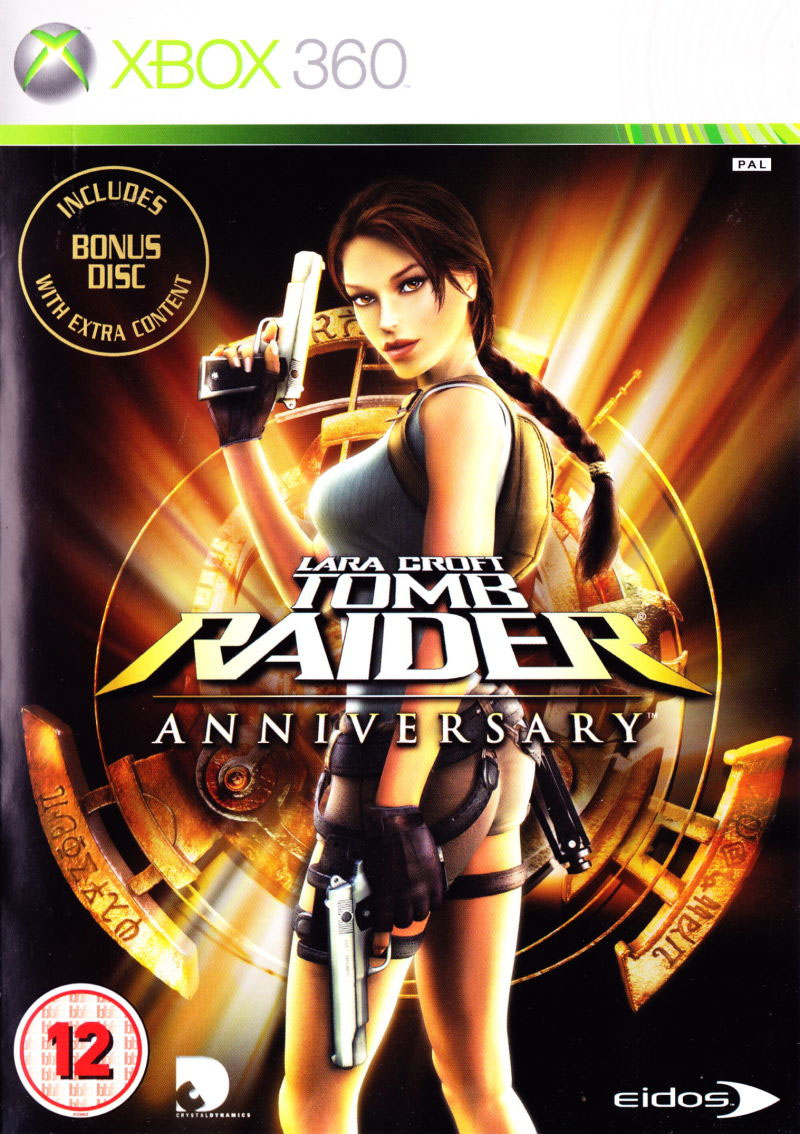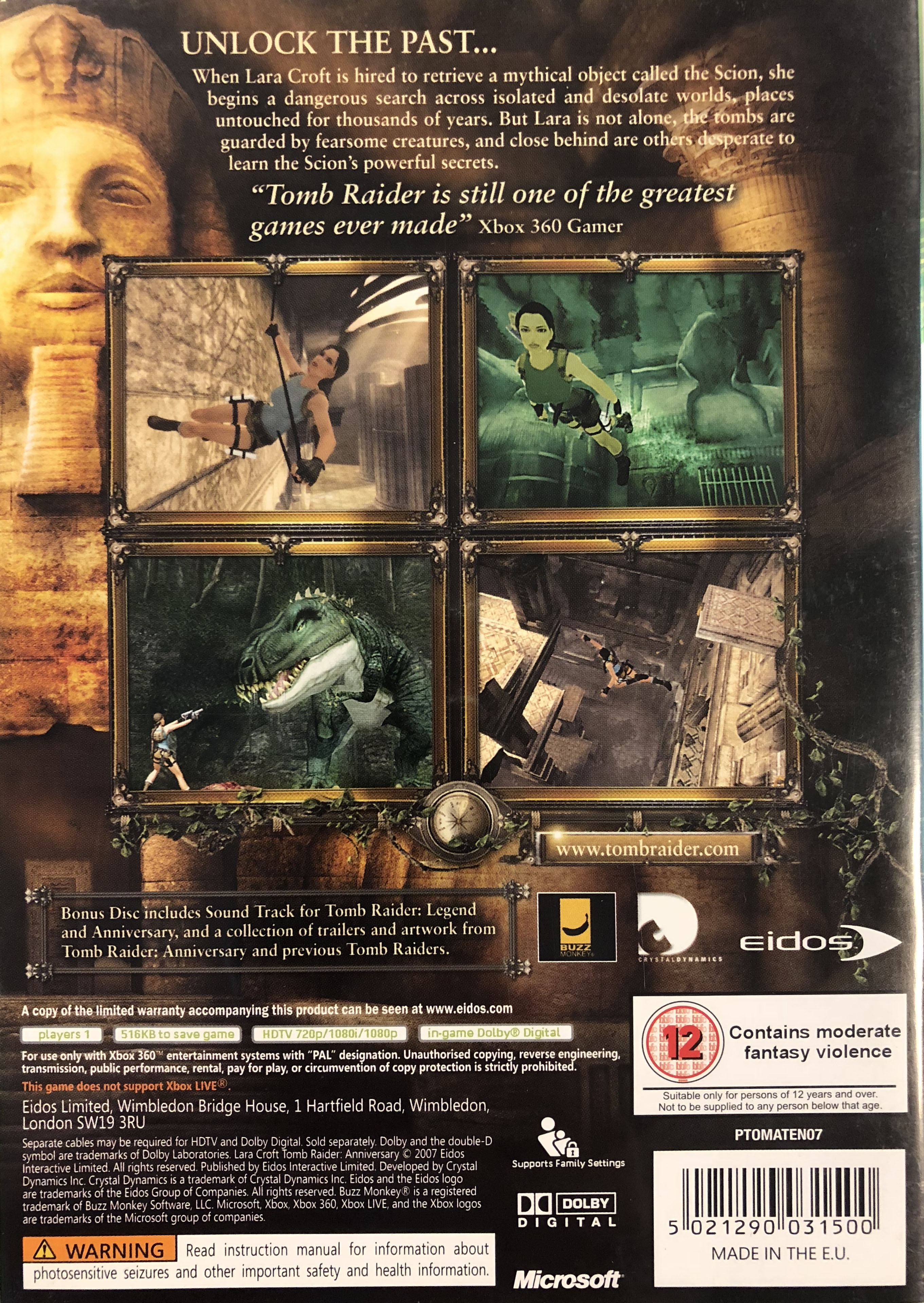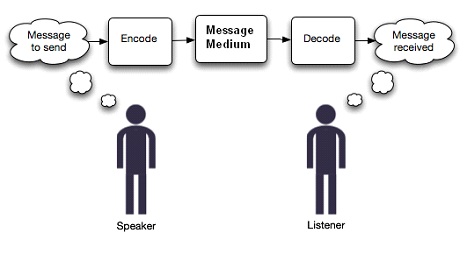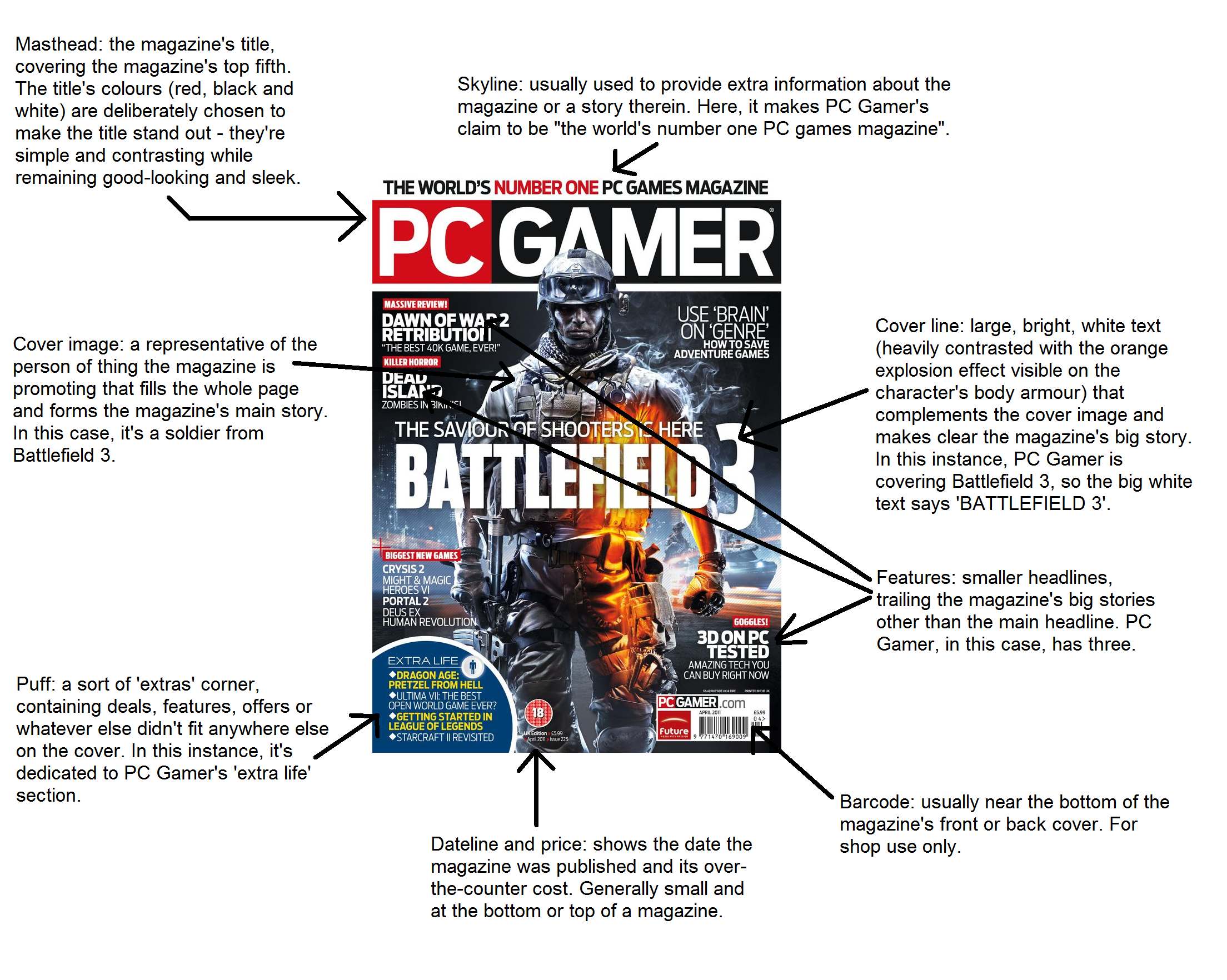A key Theoretical Framework for this media course is REPRESENTATION.
We can link this theory to the first 3 CSP’s (Mens Health, Tomb Raider game cover and Boss Life. Close Study Products are the media texts that you will be examined on in your exam. There are 9 in total.
CSP 1 TOMB RAIDER
The study focuses on:


Semiotics and the Langauge of Print
One way to look analyse this image is to think about The Language of Print & The use of Semiotics. So Task 1: apply as many key terms from SEMIOTICS AND PRINT LANGUAGE to the front.
- Photograph
- caption
- Illustration
- Logo
- Crop
- Depth of field
- Perspective
- Shutter speed
- Colour
- contrast
- Texture
- Setting
- NVC
- Font type
- Font size
- Serif / sans serif
- Colour
- Italic/bold
- Underline
- Title banner
- Heading
- Subheading
- Leading line
- Tag-line
- By line
- Structuring / sequencing
- Institutional information
- Adverts
- Rule of 1/3rds
- Blank/white space
- Size
- Position
- Orphans/Widows
- Gutters/borders
- Juxtaposition
- Hard lines
- Graphic feature
- Watermark
- Drop cap
- Columns
- Paragraphs
- Plugs / Ears
- Page numbers
- Date issue no.
- Colour blocks
- gradient
Key language:
Semiotics
- Sign
- Code
- Convention
- Dominant Signifier,
- Anchorage
Ferdinand de Saussure:
- Signifier,
- Signified,
C S Pierce:
- Icon,
- Index,
- Symbol
Roland Barthes:
- Signifcation,
- Denotation,
- Connotation
- Myth
You will also need to understand these key terms:
- Ideology,
- radical
- reactionary
- Paradigm,
- Syntagm,
Representation
Another theoretical approach is to analyse the front cover (and the game) in terms of representation. In other words, what connotations, meanings and ideas are presented here? One way to approach this is to think about the Dominant ideas or ideologies in societies and think about whether this game reinforces or challenges these dominant ideas. In other words, is this a radical or reactionary text?
Task 2: In a pair or small group discuss your own ideas with regard to above and feedback to the class as a 2 minute digital presentation. Your ideas must be supported by EVIDENCE AND KEY LANGUAGE. Upload your presentation to your blog.
POINT
What are you trying to say?
EVIDENCE
Key language (above)
the front and back cover
the article below
the videos below
CONCLUSION
Reflect on your point – are you totally convinced by your evidence? Is it possible to find and present a counter-argument?
Does it lead to another idea or point?
Do all of your points add up to a ‘meta’ / overall argument?
Read this first to help you get some ideas: https://www.bigfishgames.com/blog/tomb-raider-body-image-lara-crofts-changing-look/ copied below link
Audience Theories
A key theoretical debate is the extent to which the media influence our ideas and opinions. In the first instance, RECEPTION THEORY (developed by George Gerbner based around research on TV viewing) suggests that exposure to reinforced messages will influence our ideas, attitudes and beliefs.
On the other hand Stuart Hall suggests that messages are actually ENCODED AND DECODED.

Stuart Hall went on to suggest that audience actually decode and interpret messages in different ways. He calls this the THEORY OF PREFERRED READING and puts forward the argument that audiences either accept the dominant reading of a text (A DOMINANT READING) or they reject the dominant reading of a text (AN OPPOSITIONAL READING), or they take up a reading somewhere in between (A NEGOTIATED READING).
Task 3: Go back to your statement of intent and write up – in continuous prose – your ideas around ‘representation’ and ‘audience theory’ in reference to your NEA (specifically your games magazine front cover)
- the dominant ideological representations in your product (ie radical / reactionary) and
- the way in which your audience could theoretically engage with your product (ie apply audience theory to your product)
Remember you can use this information when you revisit and revise your statement of intent.



